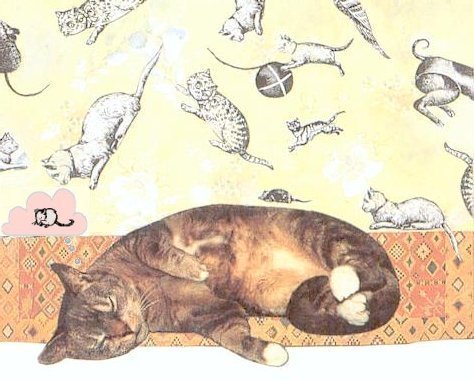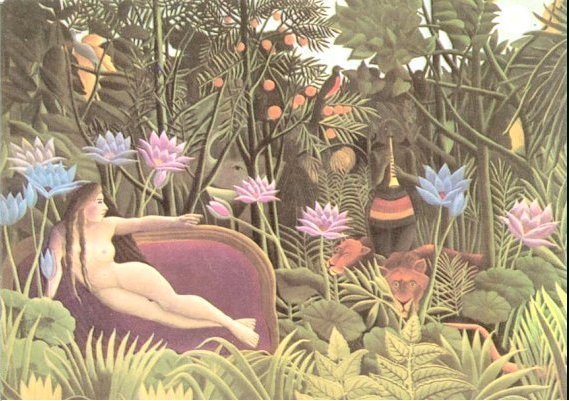Memory creation
Brain
neurotransmitterThe Brain & Spinal Cord
Cranial Nerves
Peripheral Nervous System
Autonomic Nervous System
Senses: Eye diagrams, Hearing, Smell, Taste, Taste & Tongue Sensation, Balance
Memory , Memory types, Creation of Memory
Higher Functions
Altered States
[Top]
Altered States
It is not possible to divide states of being into the neat categories of consciousness and unconsciousness. Too many curious and interesting states lie between, challenging a simple definition. These altered states of consciousness defy objective description because they are intensely personal. Nevertheless, these experiences, which range from the mild distraction of a daydream to wild, drug-induced hallucinations, can have certain common characteristics related to the change of perceptions of the self and the outside world. The term "altered states" covers a number of phenomena. Some arise naturally and  automatically (dreaming, for example, is thought to be common to all mammals). Others are attained through learned techniques such as meditation. Some are induced by drugs. Other still - the vision and trance states - are highly controversial, and many people doubt their existence. To understand altered states one must assess subjective accounts of what it is like to "be in" these states, along with objective research that tries to identify their physiological basis and effects. Figure 33 shows the brain scan for some of the altered states listed below.
automatically (dreaming, for example, is thought to be common to all mammals). Others are attained through learned techniques such as meditation. Some are induced by drugs. Other still - the vision and trance states - are highly controversial, and many people doubt their existence. To understand altered states one must assess subjective accounts of what it is like to "be in" these states, along with objective research that tries to identify their physiological basis and effects. Figure 33 shows the brain scan for some of the altered states listed below.
Figure 33 Altered States
[view large image]

Figure 34 Dreaming Cat
[view large image]
sleep, the very nice cat becomes a vicious tiger when it is dreaming and throws itself at imaginary prey. 